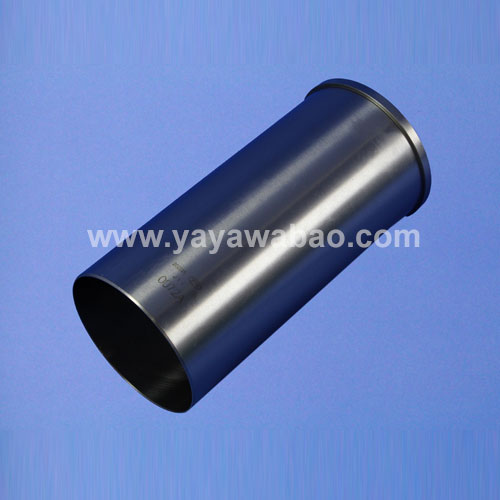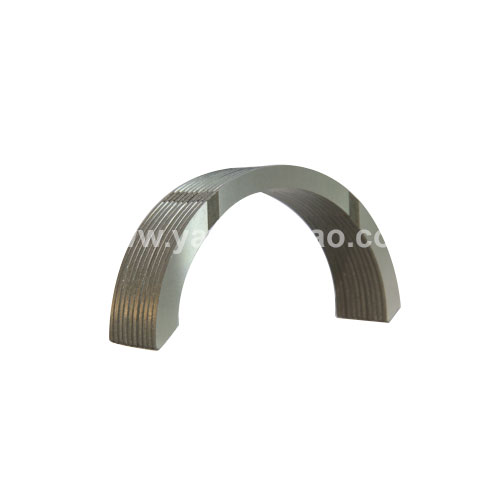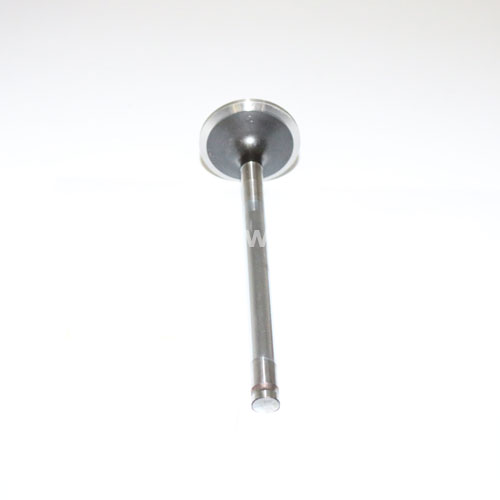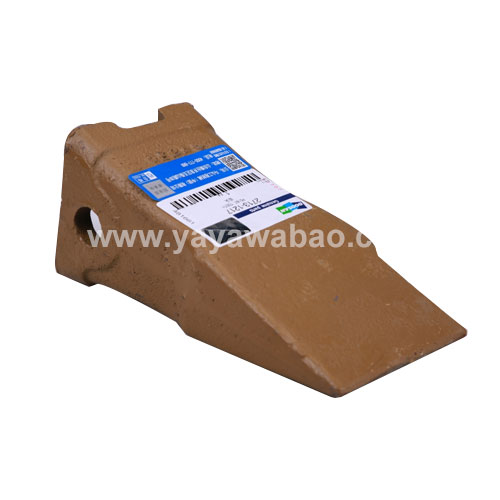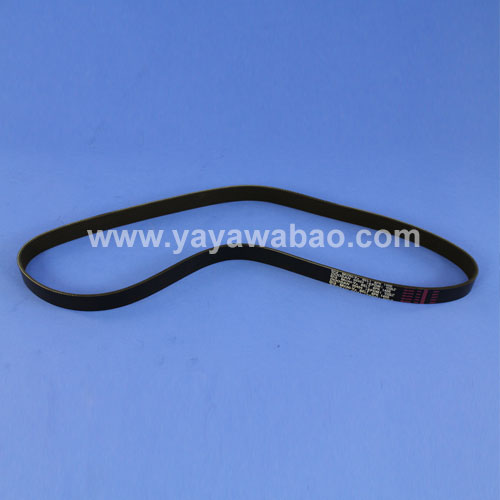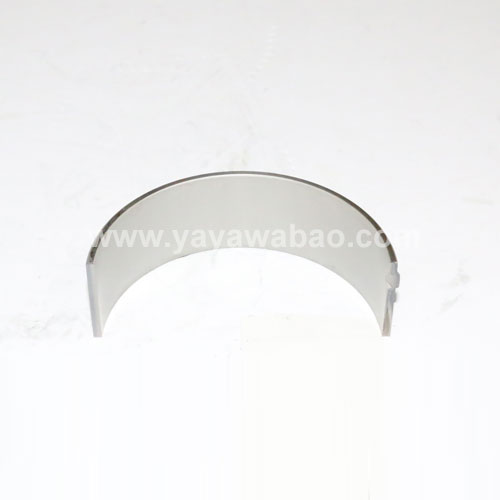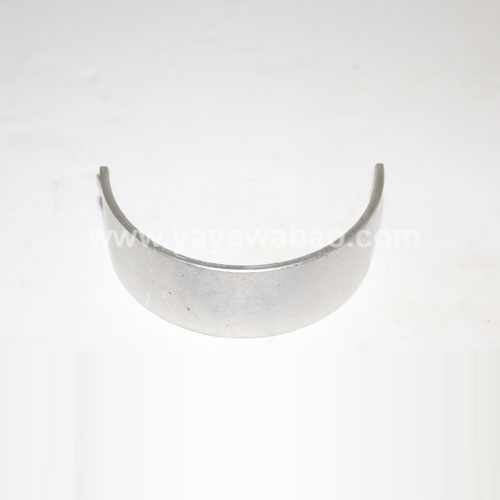
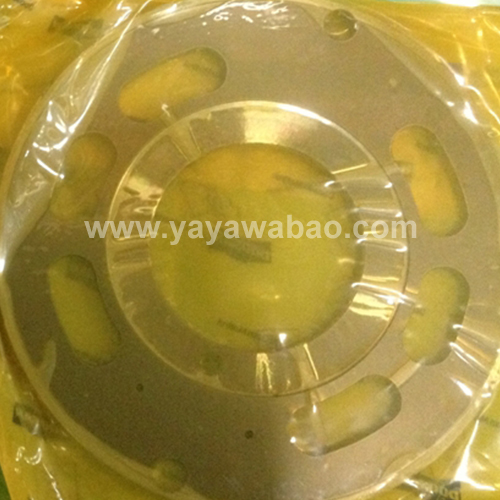


The main function of the valve plate in an excavator is to control the pressure of the hydraulic system, regulate the flow of hydraulic oil, and facilitate various hydraulic operations.
The valve plate in an excavator utilizes the principle of balancing hydraulic pressure and spring force to adjust the pressure of the hydraulic system and control other pressure-related actions. Its primary functions include:
1. Maintaining a Stable Pressure in the Hydraulic System: It ensures that the system operates stably, preventing damage or malfunction due to excessively high or low pressure.
2. Providing Low Pressure Below the System Total Pressure: In certain return circuits, pressure control valves such as pressure reducing valves provide a lower pressure than the system’s total pressure to meet specific operational needs.
3. Maintaining a Certain Pressure Differential or Pressure Ratio: It ensures a consistent pressure differential or pressure ratio between two circuits, allowing the excavator to operate effectively under different working conditions.
4. Providing Safety Protection: When the system exceeds predetermined pressure limits, pressure control valves such as relief valves discharge pressure, providing safety protection and preventing system overload.
5. Achieving Counterweight Balance and Stable Motion: Through back pressure valves, it generates back pressure to stabilize the movement of hydraulic devices or achieve counterweight balance.
6. Controlling the Actions of Other Components via Pressure Signals: It uses pressure signals to control the actions of other components, facilitating various complex operations of the excavator.
Overall, the valve plate plays a crucial role in ensuring the efficient and safe operation of the excavator’s hydraulic system.
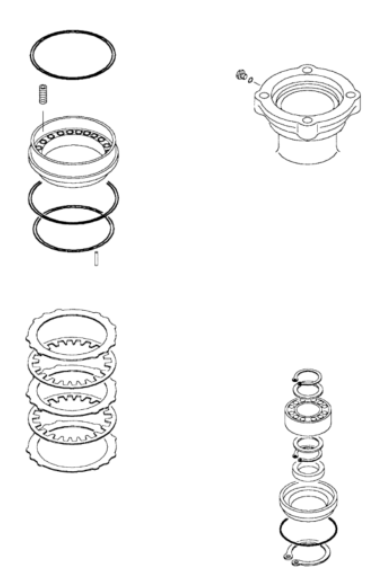
| Product NO. | Applicable models | Weight | Packaging unit |
| 412-00012 | SOLAR 170LC-V | 0.42KG | EA |

